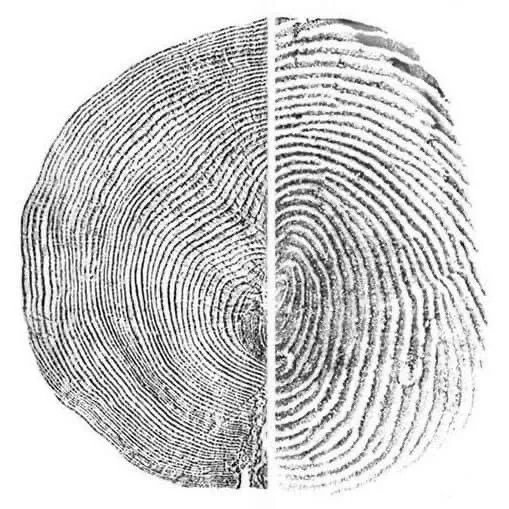Fingerprinting, the process of recording and analyzing the unique patterns of ridges and furrows on the skin of human fingertips, has a long and fascinating history that dates back thousands of years. Today, fingerprinting is a widely used tool in law enforcement, forensics, and other fields, but its origins and development are both surprising and intriguing.
The use of fingerprints as a means of identification can be traced back to ancient Babylon, where fingerprints were used on clay tablets for business transactions. Later, the Chinese used fingerprints for identification purposes, as did the ancient Greeks and Romans. However, it was not until the late 19th century that fingerprints began to be used in a systematic and scientific manner.
In 1892, Sir Francis Galton, a British scientist and cousin of Charles Darwin, published a book called “Fingerprints” in which he argued that the unique patterns of ridges and furrows on human fingertips could be used as a means of identification. Galton’s work built on the pioneering research of his colleague, Sir William Herschel, who had been using fingerprints to identify criminals in colonial India since the 1860s.
Galton’s work quickly gained acceptance among law enforcement officials, and in 1894, the first systematic use of fingerprints in a criminal investigation took place in Argentina. The following year, the British colonial government in India adopted fingerprinting as a means of identifying criminals, and other countries soon followed suit.
The use of fingerprints as a means of identification was not limited to law enforcement, however. In 1901, the United States Bureau of Immigration began using fingerprints to identify immigrants, and other government agencies soon followed suit. By the early 20th century, fingerprinting had become a standard means of identification in many fields, and it continues to be widely used today.
In the early days of the adoption fingerprinting and until recent years, patent fingerprints were captured using ink applied to fingers and then imprinting the pattern on paper. This method is messy and often produces subpar results. One of the most significant advances was the development of the Livescan fingerprinting system, which uses electronic sensors to capture high-quality images of fingerprints. This technology, which was first introduced in the 1990s, has greatly improved the accuracy and speed of fingerprinting, making it an even more valuable tool in law enforcement and forensics.
In recent years, advances in biometric technology have also led to the development of new and innovative uses for fingerprinting. For example, some smartphones and other devices now use fingerprint recognition technology as a means of unlocking the device and providing secure access to sensitive data.
In conclusion, the history of fingerprinting is a fascinating and important one. From its ancient origins to its widespread adoption in law enforcement and other fields, fingerprinting has played a vital role in identifying individuals and solving crimes. As technology continues to advance, it is likely that fingerprinting will remain a valuable tool in a wide range of applications for many years to come.

